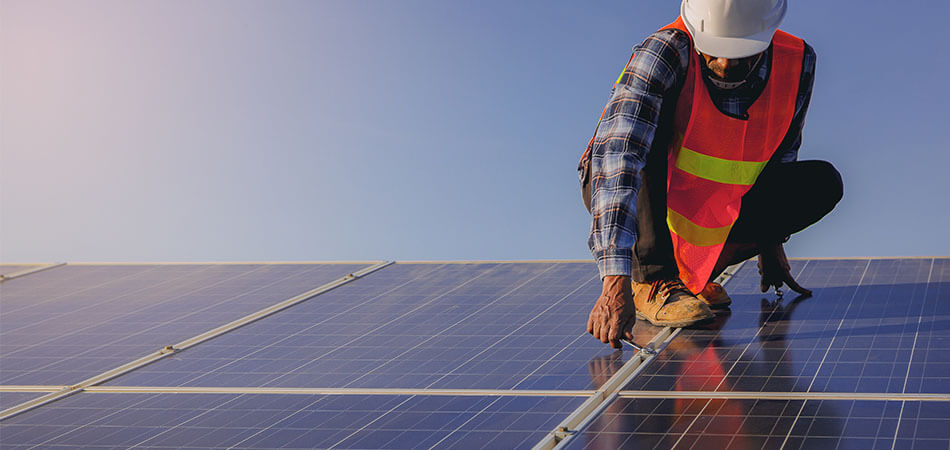Renewable Energy Supply Chain Disruptions in 2021

The demand for renewable energy remained higher than that of natural gas throughout the emergence of Covid-19. However, the increasing costs and supply chain disruptions threatened the projected growth of solar energy. An efficient supply chain is important for all manufacturers. Short lead times to distributors ensure customer delight and strengthen industry relationships. 97% of industrial product companies say that the pandemic has had a negative effect, and are making supply chain visibility the number one priority over the next three years.
1. Surge Pricing
Solar project developers are halting installations because of increased prices for materials and labor. Contractors who can wait on their projects have placed them on hold, hoping that the prices will begin to decrease. However, the prices continue to stay high, which is slowing down the growth of the solar industry.
Before the pandemic, the industry had been experiencing a steady growth of 42% per year, while maintaining low costs. This surge in pricing suggests a turn-around from the advancements made in the past decade in the solar sector; threatening the U.S. plan for 70% renewable energy in 2030. Despite the U.S. now being in the recovery of the pandemic, contractors are still hesitant to continue projects that they had put on hold in 2020.
2. Layoffs
Nearly 600,000 clean energy jobs were lost during the peak of Covid-19, around 17% of the existing workforce. Jobs in solar and wind make up over 15% of that number. Due to social distancing guidelines from the CDC, access to homes was limited during the pandemic, causing the cancellation of many commercial and residential projects that required entry by workers.
Between December 2020 and January 2021, the renewable energy sector went through a massive rehire of the labor force. However, they were still at a 12 percent decline over pre-COVID-19 employment levels.
If the renewable energy industry continues at this slow rate of recovery, it would take at least two more years to balance the employment losses during the pandemic.
3. Construction Delays
Installations under construction could not continue with the component delays during the pandemic. Three essential processes of solar installations i.e. approvals for hydropower projects, investment in battery storage, and electricity grid spending experienced a decline in 2019 and into 2020 impacting development schedules for all projects. The majority of utility-scale installations are expected to fully resume in 2021. However, individuals and companies along the supply chain remain hesitant to make investments in distributed PV and solar heaters, with the uncertainty of return on the projects.
Once the fastest growing industry, the solar industry took a hit with the emergence of Covid-19. However, despite slowed and cancelled projects, the EIA expects that the share of U.S. generation from wind and solar sources will rise from 11% in 2020 to 15% by 2022. For this to happen, companies within the clean energy supply chain will need to focus on repairing the damage to their supply chain caused by the pandemic.
Learn more about the U.S. plan for renewable energy in 2021.

READY TO SAVE TIME & MONEY WITH BUNDLED CABLE?
Get a quote on our custom cable bundles today.


